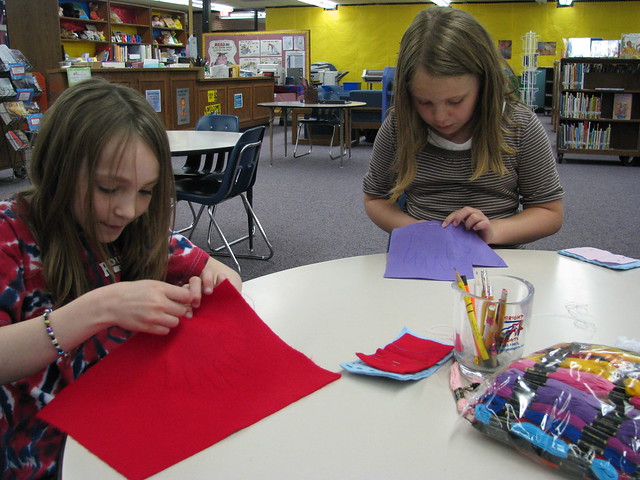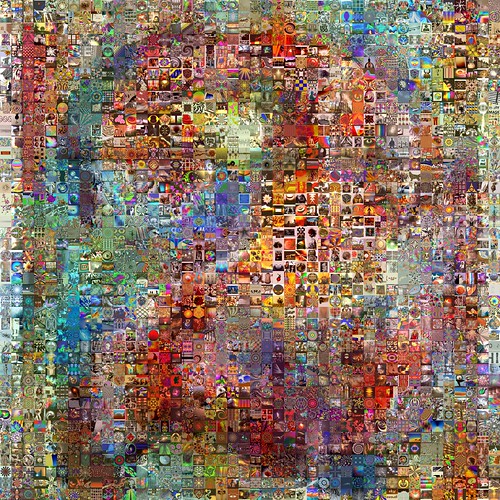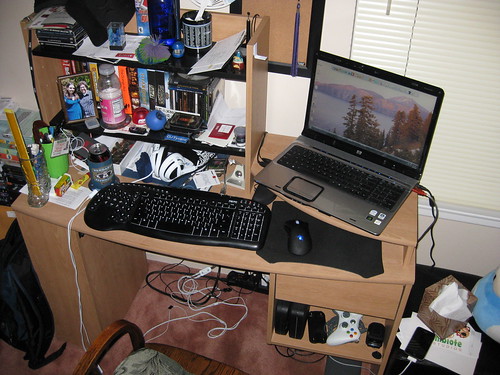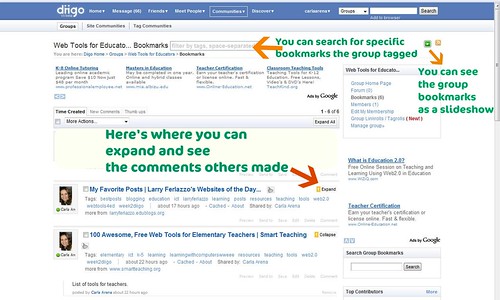 |
| Photo Credit to Todd Fong on Flickr |
 |
| Photo Credit To rightsreaders on Flickr |
 |
| Photo Credit To Christy Nelson on Flickr |
Transforming Technology With New Technologies was surprisingly a very good read with great quotes and useful information; albeit with information overload. There was great insight on the different teaching methods and the benefits of multimedia resources to enhance lesson plans. Useful information on how to exactly gauge a student's progress without having to rely solely on tests. Great suggestions on how to use technology to assist a lesson plan and not let technology control it. Finally, the book offered beneficial informative on hoe exactly teaching may be evaluated and how to institute a "Democratic Classroom".
Through the projects and discussions I was able to complete the lesson goals that were stated in the syllabus. The information in the discussion posts made it possible for me to understand the link between technology and strategies for effectively teaching students with English as a second language. I am also now capable of creating a portfolio online with samples reflecting ways technology can support classroom management. Lastly, I can now evaluate and critique various software and hardware tools determine effectiveness in the classroom setting. All while using APA citing for the information that was used.
 |
| Photo Credit To Emiliano on Flickr |
Thank you for everything.
Resources:
Maloy, R. W., Verock-O, R. E., Edwards, S. A., & Woolf, B. P. (2010). Transforming learning with new technologies. Allyn & Bacon.











